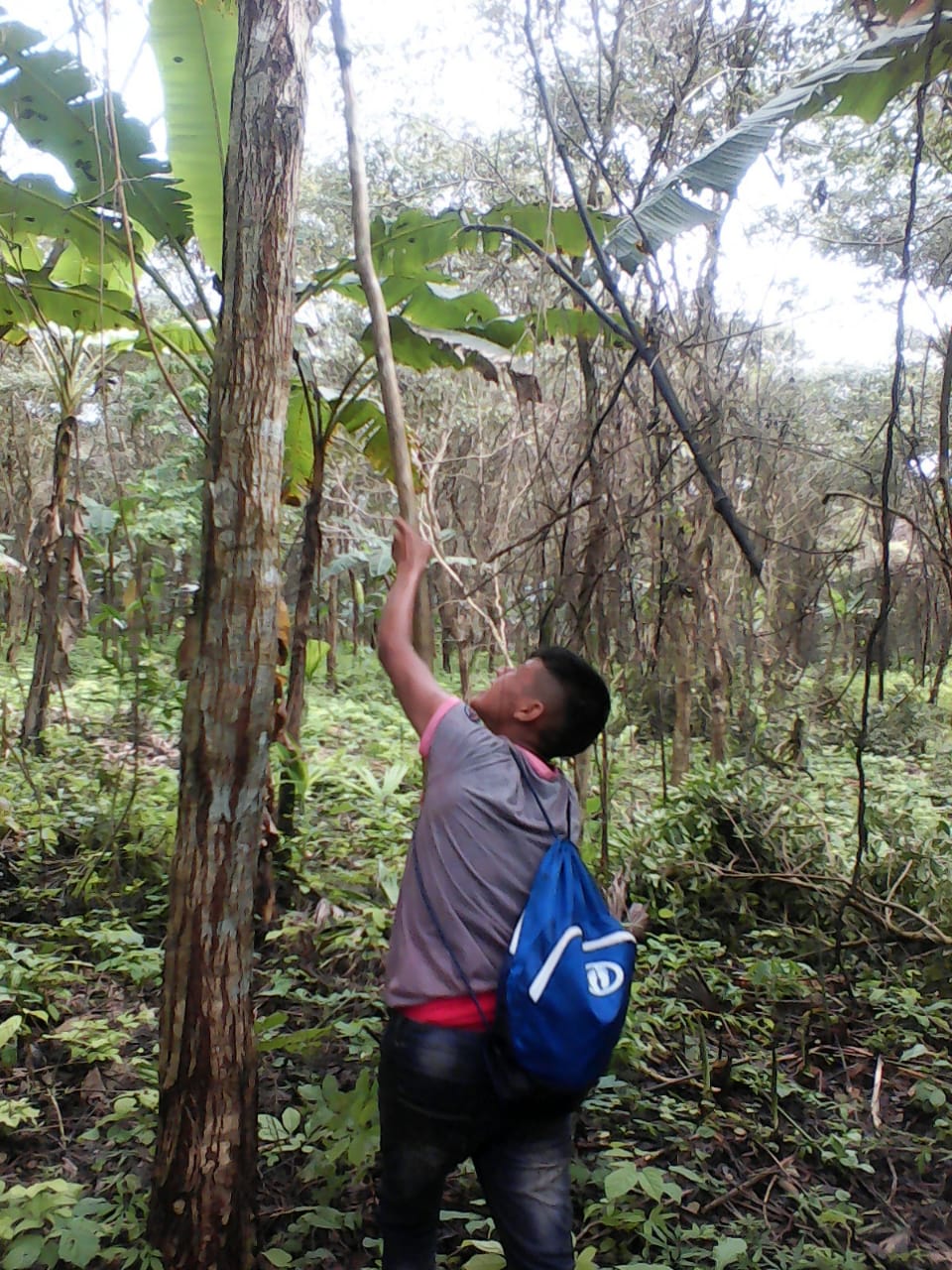A silvopastoral experiment: cows and trees
/Yem, Ino, and Liriano monitor cattle grazing in the Nuevo Paraiso #2 finca
Last month we began using cattle to control pasture growth on our Finca #2 in Nuevo Paraiso, Rio Congo.
Our employee Jose "Ino" had been asking us to try this system, known as silvopasture, to reduce our maintenance costs and to generate income. So, we decided to try a controlled experiment to see if the cows would control the vegetation without damaging the trees.
Ino approached a local cattle rancher, Agapito "Pitin" Alfonso, to see if he might be interested in putting ten eight-month old calves, recently separated from their mothers, on the farm.
There is plenty of tasty pasture grass for them to munch, and we hypothesized that at six years old, the trees are sufficiently strong that the calves won't damage them.
After one month, the experiment has proven successful. After a thorough review, we've found that there has been no damage to the trees, and better yet, we've reduced the amount we need to spend controlling the vegetation; normally, we use about 35 worker days to clean the farm, but when we take the calves off Ino estimates we will only need 15 worker-days to clean. Not to mention $180 in income from Pitin!
We are keeping these ten calves on for two months total (October 20-December 20) to further supervise the experiment. Then, we'll give the pasture a month to regenerate, and we hope that we can place the calves on every other month.
The cattleman Pitin says his calves seem healthy, with no ticks, and that they must enjoy the shade that our trees provide!
Moving forward, we'd like to place 20 calves on for one month to thoroughly clean the pasture, then clean the weeds that the cows don't eat, then let the pasture regenerate for the month, and repeat. This way, our tree maintenance is almost paying for itself!
A silvopastoral system in this location makes sense because we already tried (and failed) to grow plantains in this plot, and there is plenty of existing pasture to satisfy hungry bovines. But silvopasture is less appropriate for areas of second growth forest where cover crops make more sense, and for indigenous communities who are sensitive to the idea of cattle on their land.
Instead, we're working in appropriate ways with each of our different plots to improve financial and environmental outcomes.




